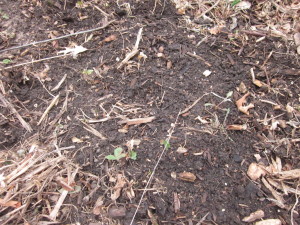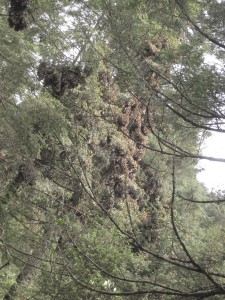I look around the internet now & then to try to keep up with who else is providing useful resources for high school and college teachers who want to deal with math, modeling, earth science, climate, etc., and I just found something new that is worth sharing:
The Science Ed Resource Center at Carleton is one of the places I check in on, and I just saw the page linked above. They're looking for HS teachers who can teach the Climate Detectives module, which has 6 sessions clocking in at about 600 minutes of class time, and 1) have a colleague observe a session, 2) have students take a post-module test in 2 weeks. The aim is to improve the module for others. Look at the webpage for more details -- this is just my quick summary to give you an overview. TERC will also pay HS teachers who can participate a small honorarium to compensate some of your prep time, as well as a materials allowance.
You'll need computer lab space and computer lab resources for your students (Flash, Excel, RealPlayer or other media player). You'll also need some support from your principal and students/their parents. And you'll need to do the whole thing before May 15, 2016.
The Climate Detectives module does look cool: it talks about cores (those long strips of earth or ice drilled out by scientists) and Milankovich cycles (large-scale cycles from the wobble of the Earth, etc., which I mentioned once in a discussion of climate modeling) and geologic time and particle sizes for sand and mud. Very sciency, but with a lot of use of data. Advertise to friends and colleagues! Be a guinea pig for climate science teaching!



